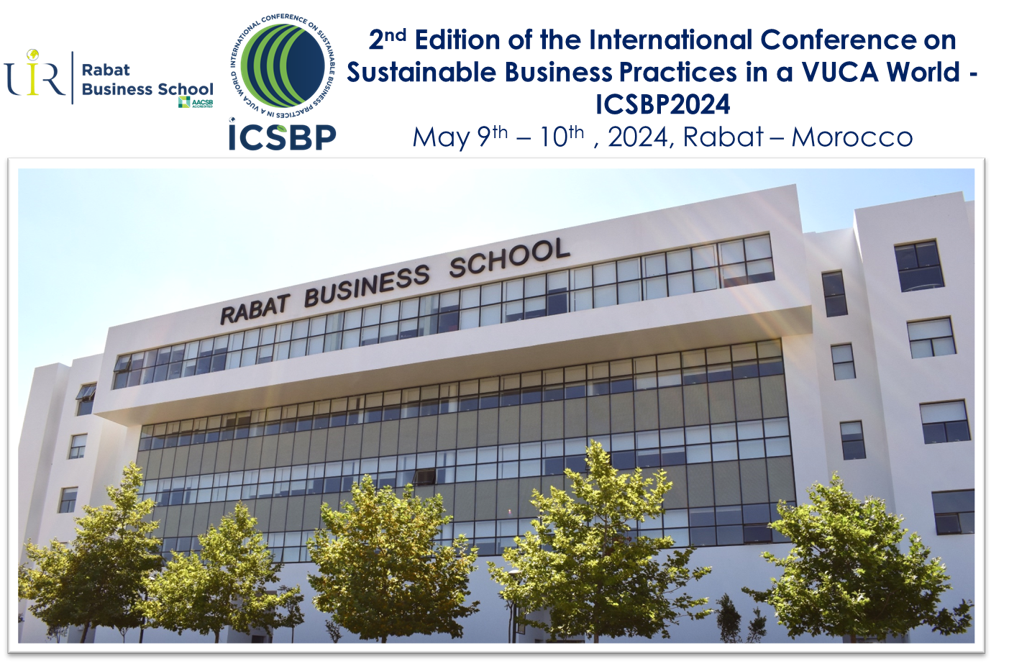
|
|
|
Innovation & Strategy Tracks > Track 23: Disruption, Destruction, De-/Growth: Understanding Innovation-driven EconomiesTrack Chairs:
Today, more than ever before, it is unambiguously clear for business managers, policy makers, and academics that we are living in an era of disruption. Disruptive technologies drive innovations that change dramatically and drastically how customers perceive and use goods and services (Christensen, 2013; Christensen, Raynor, & McDonald, 2011; 2015; Patrickson, 20/21). They enable new forms of digital innovation that go along with a change of the fabric of organisational structure and increase flexibility in value creation processes (Yoo, Henfridsson & Lyytinen, 2010; Nambisan et al., 2017; Skog Wimelius & Sandberg, 2018). Organizational strategies and designs are also impacted through phenomena such as open innovation (Chesbrough, Vanhaverbeke, & West, 2006), participatory design (Sanders and Stappers, 2008) or crowdsourcing (Djelassi & Decoopman, 2013). Economic theory relates disruption to creative destruction of entire industries by technological innovation, leading to new dominant designs and prompting often far-reaching social change (Schumpeter, 1942; 1947; Bergek et al., 2013; Schiavi & Behr, 2018). However, further work is necessary to identify the pragmatic roots of disruption and destruction in today’s practices (Fritzsche, 2022) and to advance management theory in new directions (Roth, 2021; 2023). On this background, we look for strong, compelling theoretical and actionable contributions to enhance our understanding of disruption and destruction in today’s economy. Topics of interest include but are not limited to:
References Bergek, A., Berggren, C., Magnusson, T., & Hobday, M. (2013). Technological discontinuities and the challenge for incumbent firms: Destruction, disruption or creative accumulation? Research Policy, 42(6-7), 1210-1224. Chesbrough, H., Vanhaverbeke, W., & West, J. (2006). Open innovation: Researching a new paradigm. London, England: Oxford University Press. Christensen, C. M. (2013). The innovator's dilemma: when new technologies cause great firms to fail. Boston, MA: Harvard Business Review Press. Christensen, C. M., Raynor, M. E., & McDonald, R. (2011). Disruptive innovation. Perseus Book LLC (Ingram). Christensen, C. M., Raynor, M. E., & McDonald, R. (2015). What is disruptive innovation? Harvard Business Review, 93(12), 44-53. Djelassi, S., & Decoopman, I. (2013). Customers' participation in product development through crowdsourcing: Issues and implications. Industrial Marketing Management, 42(5), 683-692. Fritzsche, A. (2022). The pragmatic roots of scientific insight: a culturalist approach to management theory in the view of grand challenges. Scandinavian Journal of Management, 38(4), 101230. Nambisan, S., Lyytinen, K., Majchrzak, A., & Song, M. (2017). Digital innovation management. MIS quarterly, 41(1), 223-238. Patrickson, B. (2021). What do blockchain technologies imply for digital creative industries? Creativity and Innovation Management, 30(3), 585-595. Roth S. (2021), The great reset of management and organization theory. A European perspective, European Management Journal, 39(5), 538-544. Roth, S. (2023). Reset and restoration. The looming conservative turn of management theory: An extension of Foss et al. Scandinavian Journal of Management, 39(3), 101278. Sanders, E. B. N., & Stappers, P. J. (2008). Co-creation and the new landscapes of design. Co-design, 4(1), 5-18. Schiavi, G. S., & Behr, A. (2018). Emerging technologies and new business models: a review on disruptive business models. Innovation & Management Review, 15(4), 338-355. Schumpeter, J. A. (1942). Capitalism, socialism and democracy. New York : Routledge. Schumpeter, J. A. (1947). The creative response in economic history. The Journal of Economic History, 7(2), 149-159. Skog, D. A., Wimelius, H., & Sandberg, J. (2018). Digital Disruption. Business & Information Systems Engineering 53, 1–7. Yoo, Y., Henfridsson, O., & Lyytinen, K. (2010). Research Commentary: The New Organizing Logic of Digital Innovation: An Agenda for Information Systems Research. Information Systems Research 21(4), 724–735. |

